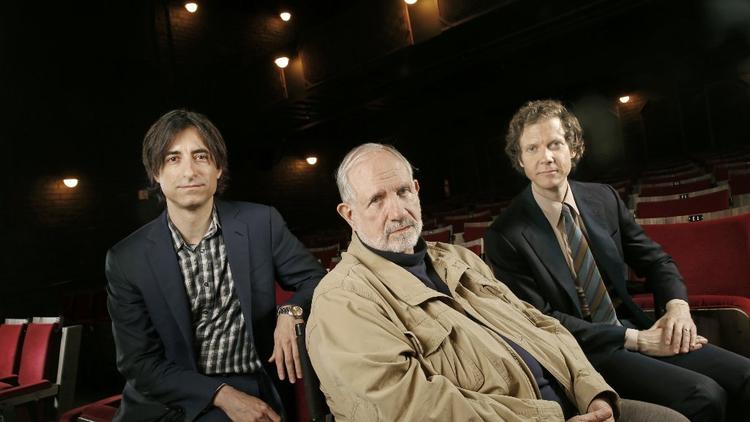
Mark Olsen, Los Angeles Times (profile/interview piece)
For De Palma, 75, the film “De Palma” serves as both an overview of his career and as something of a primer on a life in moviemaking, showing a transparency that is refreshing from such a high-profile figure.“I hope that, much like the book [‘The Devil’s Candy’] about ‘Bonfire of the Vanities,’ you just have an honest portrayal of what the process is like, you don’t pull any punches, you say exactly what happened,” De Palma said. “That’s the only way to convey to young audiences or people interested in movies how the system works.
“As you know, film journalism is mostly spin. You talk to people, they say the experience was great, I love working with so and so, it’s the best experience I ever had. And not until you’re in the Hollywood old-age home do you have anybody tell you the truth.”
L.A. Times - De Palma's underrated gems, decade by decade
Justin Chang: “Casualties of War” (1989). Some of the signature themes De Palma played with in “Body Double” — a man’s inability to save a woman’s life, the tragedy of seeing but not really seeing — achieve their fullest, darkest expression in this devastating Vietnam War drama, which feels like nothing he’s done before or since. If De Palma here favors a searing emotional directness over his usual stylistic trickery, “Casualties of War” nevertheless takes his love for “Rear Window” and “Vertigo” to its most sobering possible conclusion: There is no voyeuristic thrill in the spectacle of sexual violence he confronts us with this time, only a crippling sense of helplessness. De Palma achieves something here that few directors could: Even as he paralyzes us in our seats, he somehow deepens our capacity to feel.Mark Olsen: “The Bonfire of the Vanities” (1990). In Noah Baumbach and Jake Paltrow’s documentary, De Palma shows his own penchant for insightful self-criticism when he laments that the biting social satire of Tom Wolfe’s original novel was watered down to make the movie’s characters more likable. Even so, watching “Bonfire” today it feels unexpectedly both buoyant and savage, a trenchant no-one-unscathed look at class, race, money and privilege that you can’t even imagine being made at this budget level today. While the all-access making-of book “The Devil’s Candy” clearly chronicles all that went wrong with the film, “Bonfire” is also a film that has become obscured by its notorious reputation. It proves an unspoken thesis of the documentary, that there are no minor De Palma films.
Joe Morgenstern, Wall Street Journal, some highlights from De Palma
His apt analysis of what’s wrong with today’s computer-generated action sequences: “They’re pre-visualized. They’ve got it all in their computers. So what are you going to get? Many visual clichés.”His equally apt appraisal of how his love of dramatic and visual structure sets him apart from other filmmakers. “The way you people make movies,” he tells his interviewers (and friends), “is you start with character and work outwards. I start with construction and work in.”
His take on Alfred Hitchcock, whom he studied and ardently emulated, some would say imitated: “People talk about Hitchcock being so influential. I’ve never found a lot of guys who followed in the Hitchcock school except me.”
His juicy stories about Tom Cruise and the veteran screenwriter Robert Towne during the making of “Mission Impossible.” Mr. Cruise comes off better than Mr. Towne.
Devin Faraci, Birth. Movies. Death.
The problem is that many of the clips Baumbach and Paltrow have selected are spoiler heavy - they reveal the endings of a number of De Palma’s films, which are plot-oriented and thus susceptible to major spoilage.That makes me wonder just who this movie is for. If you’re brand new to De Palma the doc might very well turn you on to one of the greatest and most underappreciated filmmakers of the 20th century, but at the same time it could be robbing you of the sublime pleasure of experiencing De Palma’s machinations for the first time. If you’re a die-hard De Palma guy you’ll find little in here that’s new, although you’ll enjoy the experience of spending time with De Palma. I almost think the target audience for this film is the middle crowd, the movie dorks who have written off De Palma based on a few of his later films and the memeification of the idea that he apes Hitchcock (a charge easily backed up by De Palma’s own words in this film). De Palma feels like an attempt to reposition the legacy of a great filmmaker, an attempt that’s already working as the great rep societies on the east and west coast are doing major De Palma retrospectives in the wake of the film’s release.
That makes De Palma a kind of work of cinematic activism; it’s a full-throated defense of a man whose work towers over so many of his peers and yet is so often casually dismissed. I like that De Palma allows the filmmaker to take completely ownership of all the things at which a snobby critic would roll their eyes - his love of genre, his approach to movies that starts with plot and comes to characters second, his kinks and quirks, his interest in photographing beautiful women, his status as a self-described disciple of Hitchcock. All of the things that have been used to attack De Palma are true, but that doesn’t make those things bad.
For the last few years it’s been frustrating to see how people write off De Palma, even going so far as to devalue his earlier works. I love that De Palma takes a defiant stand against that movement, and that it even goes so far as to embrace his lesser films. If all that ever comes out of De Palma is a reappreciation of Casualties of War, it will have been worth it, but I suspect that De Palma will do much more for the filmmaker’s status than that.




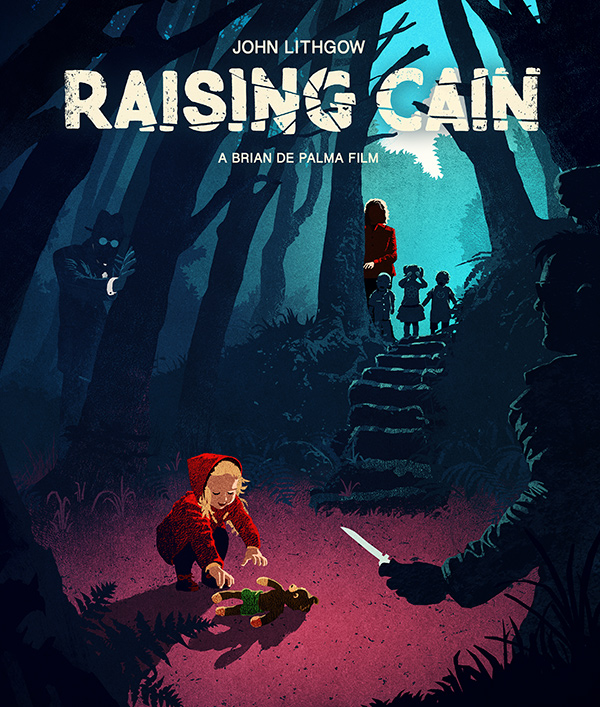

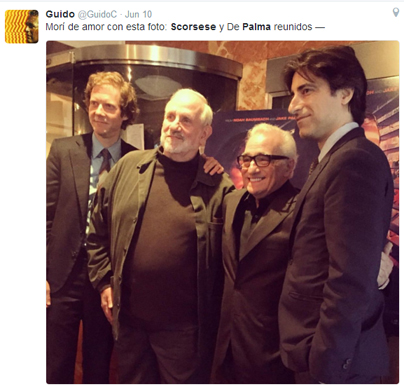
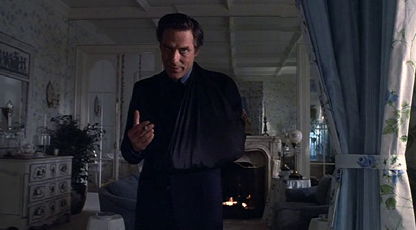 Not to present a sort of "point/counterpoint," but the articles about the new documentary De Palma by
Not to present a sort of "point/counterpoint," but the articles about the new documentary De Palma by 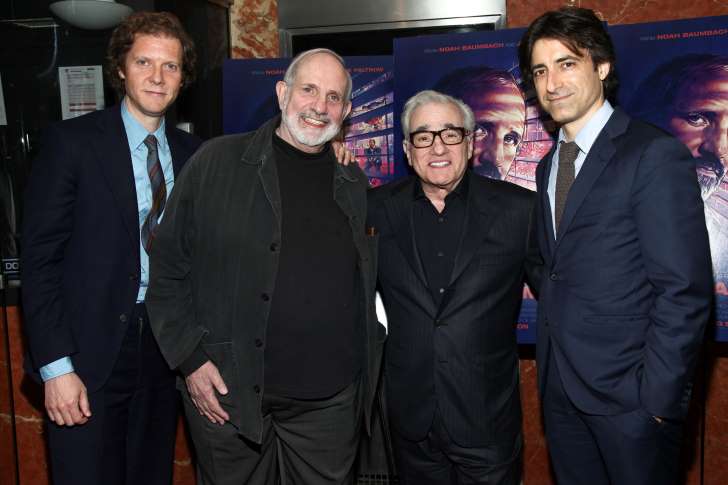
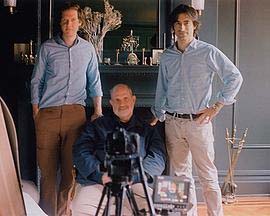 Go to
Go to  Martin Scorsese introduced a screening of De Palma last night at the DGA Theater in New York City. According to a tweet from
Martin Scorsese introduced a screening of De Palma last night at the DGA Theater in New York City. According to a tweet from 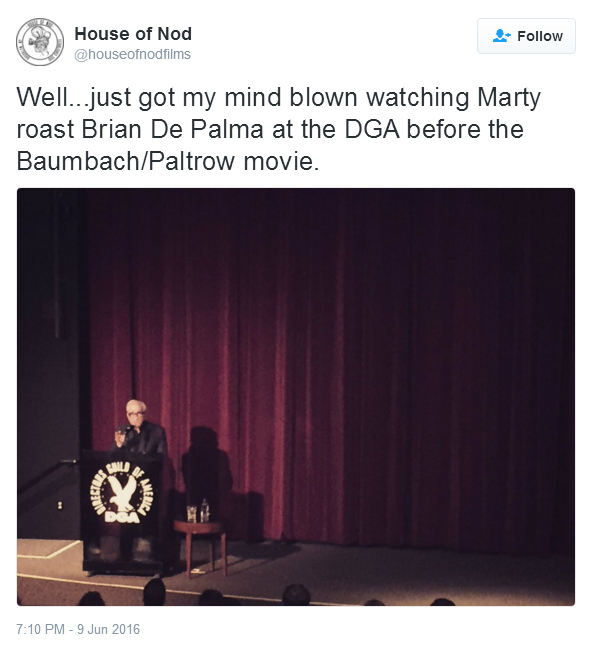
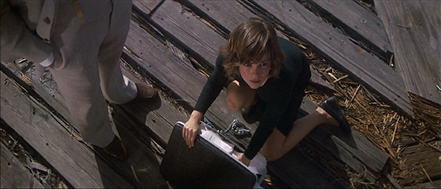 Last week, as the Brian De Palma retrospective was beginning at The Metrograph,
Last week, as the Brian De Palma retrospective was beginning at The Metrograph,